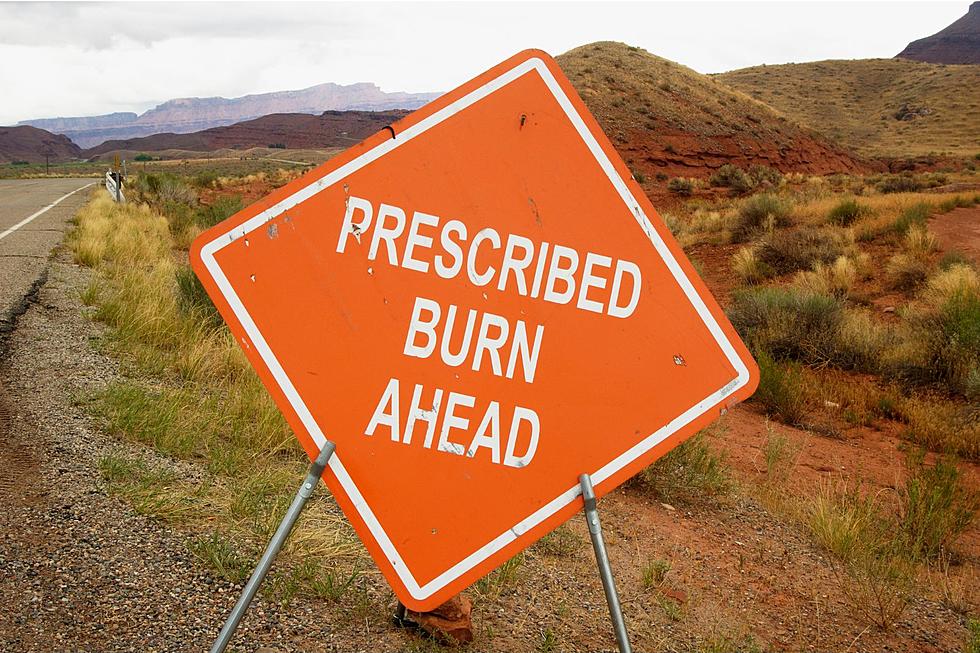
Seemingly Every Year Montana’s Skies Are Choked Out By Wildfire Smoke
First and foremost, I won't get into the climate debate in this article.
My goal is to explain why the smoke lingers for months here in the Treasure State.
Yes, I know active fires provide us with ample smoke, but why does it stay, and why is the haze denser some days rather than others?
Let's take an in-depth look at the geography and meteorology behind it.
Particle Size and Composition
Wildfire smoke is a complex mixture of gases and delicate particulate matter (PM) released when organic material, such as trees and vegetation, combusts.
These particles vary in size, with smaller particles (PM2.5) being the most problematic.
Due to their minuscule size, PM2.5 particles can remain suspended in the atmosphere for an extended period, traveling significant distances and penetrating deep into the respiratory system when inhaled.
As a result, they can persist in the air long after the fire has been extinguished.
Atmospheric Conditions
Meteorological conditions play a crucial role in the dispersion and persistence of wildfire smoke, especially here in the Big Sky State.
High-pressure systems, for instance, can trap smoke near the surface, preventing it from rising and dispersing.
This phenomenon, known as a temperature inversion, creates a "lid" that traps smoke close to the ground, leading to prolonged exposure for communities in the affected area.
Additionally, low winds can hinder the dispersion of smoke, allowing it to linger in a region for an extended period.
On the other hand, strong upper-level winds can draw smoke into the region. Montana's location to the polar jet is a big reason we see so much smoke.
Montana's Geography
Montana's terrain and geographic location also play heavily into the lingering smoke.
Mountain ranges and valleys trap smoke, sometimes even long after extinguishing a fire.
Emission Rates and Fire Behavior
Larger fires with high emission rates can saturate the air with smoke, making it more challenging for natural processes to clear the atmosphere promptly.
Additionally, fire behavior, such as fire whirls or pyrocumulonimbus clouds (fire-induced thunderstorms), can inject smoke into the upper atmosphere, facilitating its spread over long distances and increasing its persistence.
Check Out These Other Fires Causing Smoke In Montana
The 19 Worst Wildfires Burning Now in WA, OR, & CA
6 Things to Remember if Your Vehicle Catches Fire
More From 94.5 Max Country









